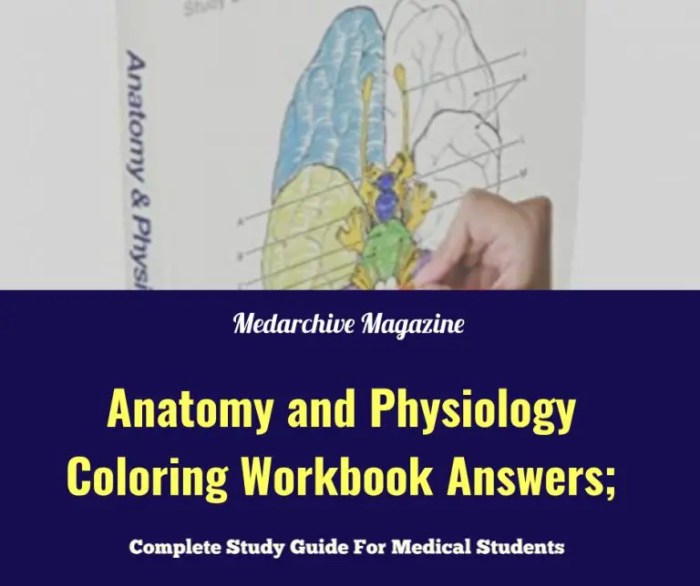The Anatomy and Physiology Coloring Workbook Chapter 3 Answer Key is an invaluable resource for students seeking to excel in their understanding of human anatomy and physiology. This chapter delves into the intricate details of the skeletal system, providing a comprehensive overview of its structure, function, and clinical significance.
Through a series of engaging coloring and labeling exercises, students will gain a deep understanding of the bones, joints, and muscles that make up the skeletal system. The answer key provides detailed explanations for each exercise, ensuring a thorough grasp of anatomical concepts.
Anatomy and Physiology Coloring Workbook Chapter 3 Answer Key

Introduction
The “Anatomy and Physiology Coloring Workbook” is a valuable resource for students studying anatomy and physiology. It provides detailed illustrations of anatomical structures, accompanied by clear and concise labeling instructions. Chapter 3 of the workbook focuses on the skeletal system, providing a comprehensive overview of the bones and joints of the human body.
Chapter 3 Overview, Anatomy and physiology coloring workbook chapter 3 answer key
Chapter 3 covers the following key topics:
- The structure and function of bones
- The different types of bones
- The major bones of the axial and appendicular skeletons
- The joints of the body
Coloring and Labeling Activities
The coloring and labeling exercises in Chapter 3 are designed to enhance anatomical understanding by:
- Visualizing the location and shape of anatomical structures
- Memorizing the names and functions of these structures
Answer Key
| Question | Answer | Explanation | Additional Information |
|---|---|---|---|
| 1. Label the major bones of the skull. |  |
|
The skull is composed of 22 bones that protect the brain and other delicate structures. |
| 2. Identify the different types of joints. |
|
Joints are classified based on their structure and function. They allow for movement and flexibility. | Each type of joint has unique characteristics and range of motion. |
| 3. Describe the structure of a long bone. |
|
Long bones are found in the limbs and provide support and movement. | The diaphysis is the main shaft, while the epiphyses are the ends that articulate with other bones. |